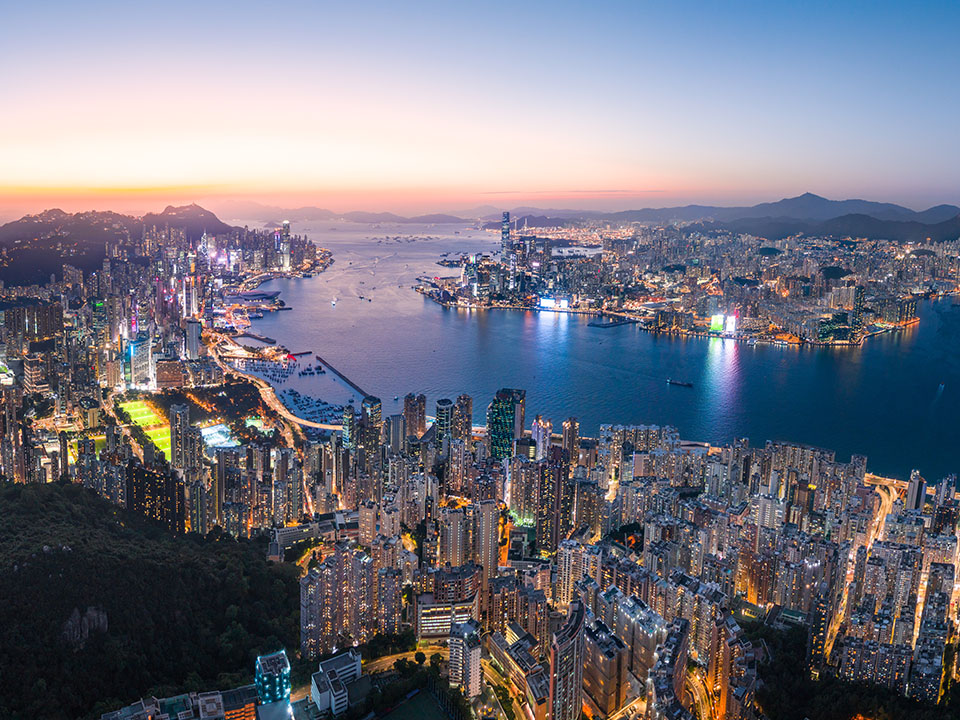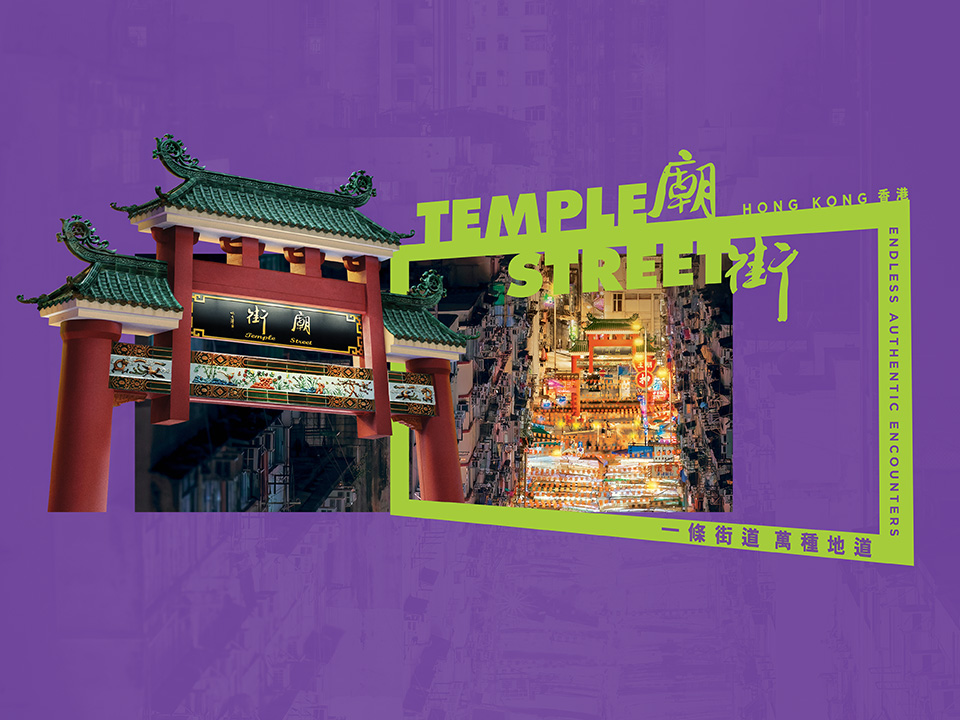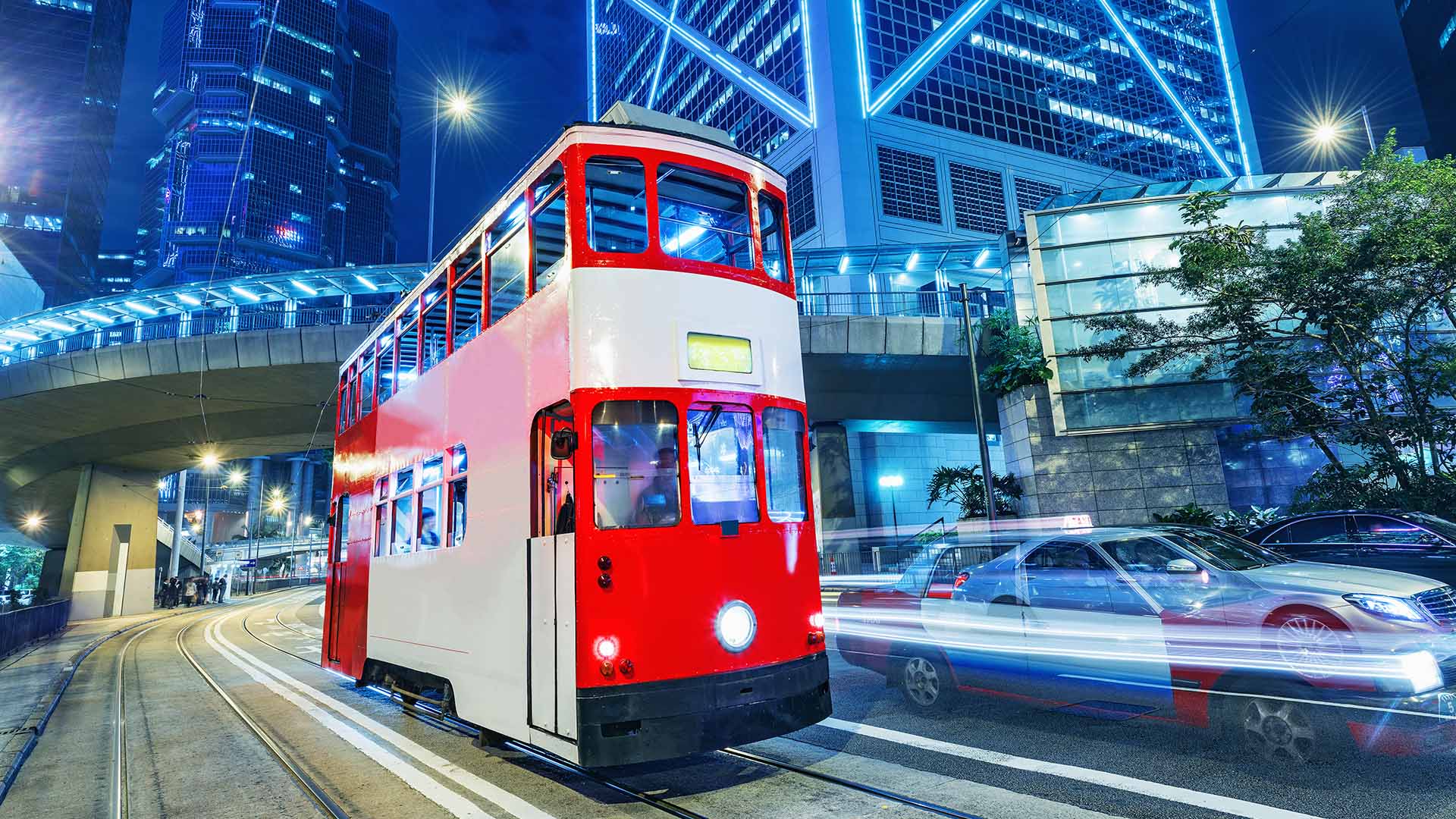
The Hong Kong tram, affectionately known by locals as the ‘Ding Ding’, is a unique form of transportation found on the bustling streets of Hong Kong Island. A ride on the beloved tram ― also an iconic symbol of Hong Kong ― is a journey through the city’s rich history, culture and everyday life. In this guide, find everything you need to know about the tram, including fun facts and three popular tram routes for the ultimate local adventure.
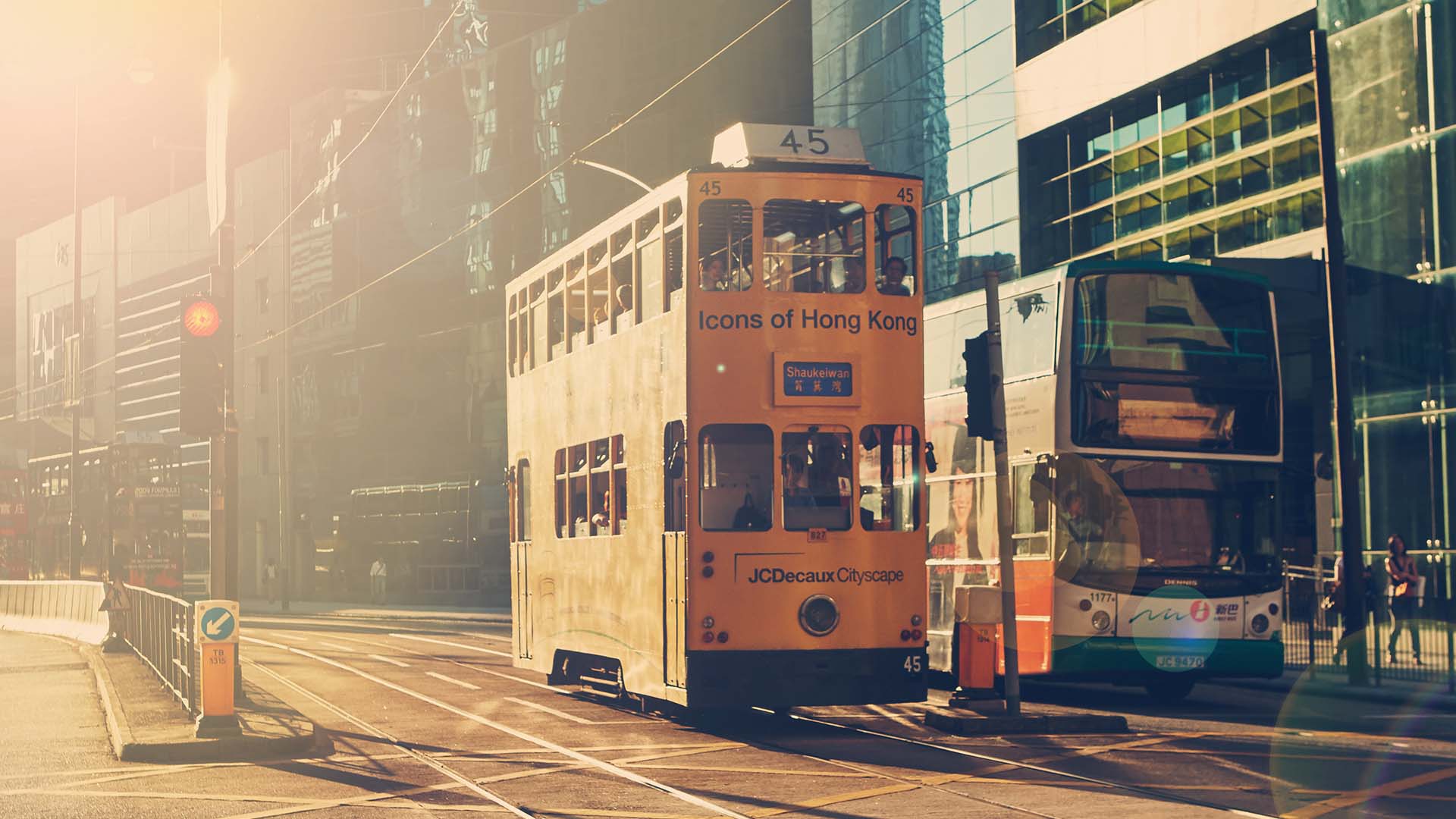
It’s convenient and cost-friendly to ‘Ding Ding’ your way around Hong Kong Island, but you may notice some small differences between taking the tram and, say, the bus or the MTR. But fret not ― master these tips to ride the tram like a local!
Board at the back, alight at the front
Unlike taking the bus, get on the tram at the rear, and pay the fare and disembark from the front exit.
Fee
Taking the tram is incredibly affordable, with a fixed fare regardless of the distance travelled. Remember to pay when you get off the tram either by electronic payment methods, such as Octopus card, credit card and other mobile payment options; or by cash using the coin box ― no change is given, though.
For more information on the Hong Kong Tramways’ supported digital payment methods and fares, please refer to their official website.
Routes
Hong Kong Tramways operates a total of six routes that run along Hong Kong Island’s northern coastline, spanning from Shau Kei Wan to Kennedy Town, with numerous tram stops in between. If you want to visit popular districts such as Sheung Wan, Central, Admiralty, Wan Chai and Causeway Bay, the tram is an ideal mode of transportation.
To plan your journey, either check the route and find the nearest stop using the interactive map on the official website or use Google Maps.
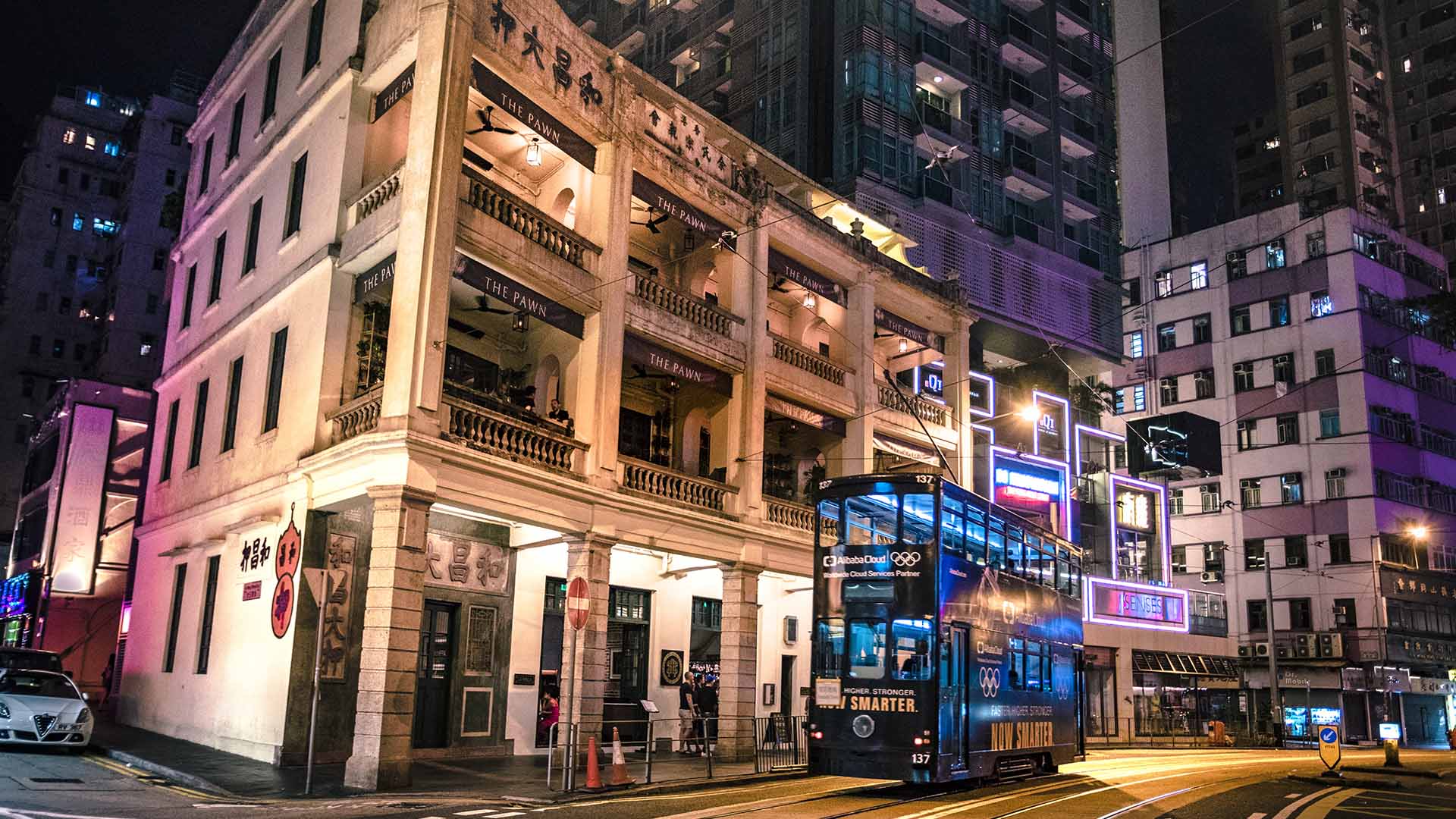
The ‘Ding Dings’ have been traversing Hong Kong Island for over a century, carrying generations of Hong Kong people through numerous historical and cultural events. How much do you know about the history of this humble mode of transportation?
How old is the Hong Kong tram?
The tram has been operating since 1904! Not only is it Hong Kong’s first large-scale transportation system, but it’s also a historical symbol that has witnessed the city’s transformation.
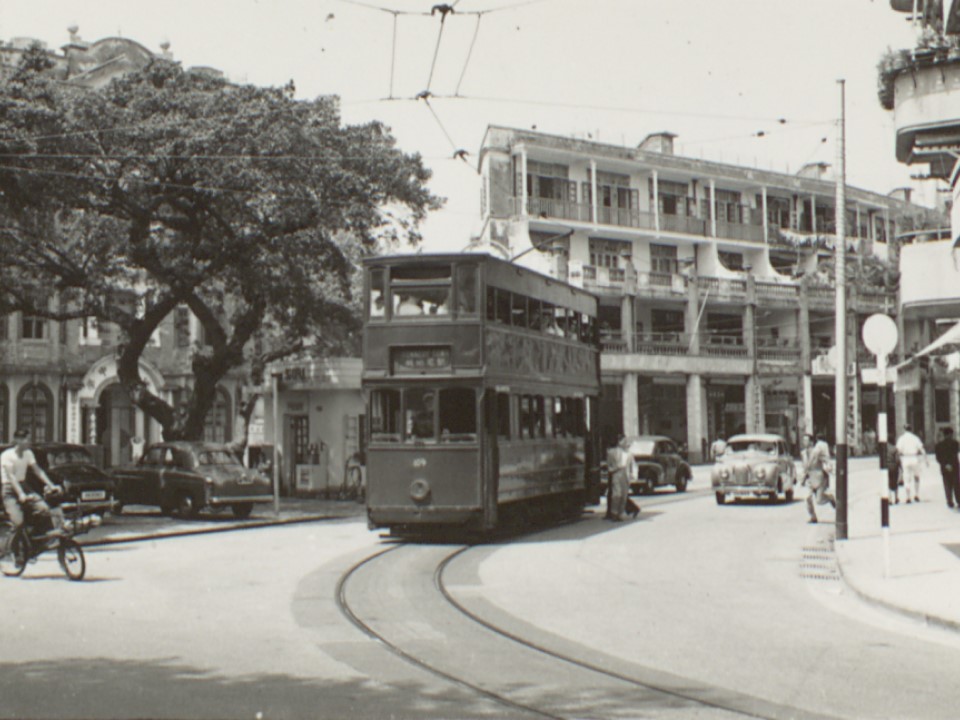
Image courtesy of The University of Hong Kong Libraries
When did the double-decker tram first appear?
The first-generation Hong Kong trams were all single-decked. Of the 26 tramcars, 10 were designed for first-class passengers, while the rest were for third-class passengers. These two types of tramcars had different interior designs, capacities and fares. As demand increased, the company began to redesign the trams. In 1912, the first double-decker tram ― albeit with an open-top design and garden seats ― was introduced as the second-generation design. One year later, the third-generation fleet added light canvas roof covers to protect passengers from the rain. It wasn’t until 1925 that the fourth-generation tramcars were launched. Resembling the trams that we are familiar with today, they were designed with a fully enclosed upper deck. Here’s another fun fact: the tramcars used to be made from wood, but over the years, they have evolved to use steel instead for better durability and safety.
Why do locals call the tram ‘Ding Ding’?
The endearing nickname ‘Ding Ding’ originates from the warning sounds of the bell, rung when the tram is in motion. But some also believe that the name came from the sound ticket clerks made when punching tickets in the old days. Either way, this distinctive sound has woven itself into the fabric of everyday life in Hong Kong and become a cherished part of the city’s identity.
Is there any air conditioner on trams?
Most trams today still rely on natural ventilation, so it’s cooler and more comfortable to take the tram in autumn or winter, or at night during the warmer months.
How fast can a tram go?
The tram is most certainly not known for its speed ― it can reach up to 45 km/h, but normally it maintains a speed of just around 25 to 30 km/h. Yet it is this leisurely pace that encourages passengers to sit back, relax, and appreciate the views of Hong Kong during the laidback journey.
What makes the Hong Kong tram unique?
Hong Kong Tramways holds the Guinness World Records title of the world’s ‘largest double-decker tram fleet in service’ with its 165 tramcars.
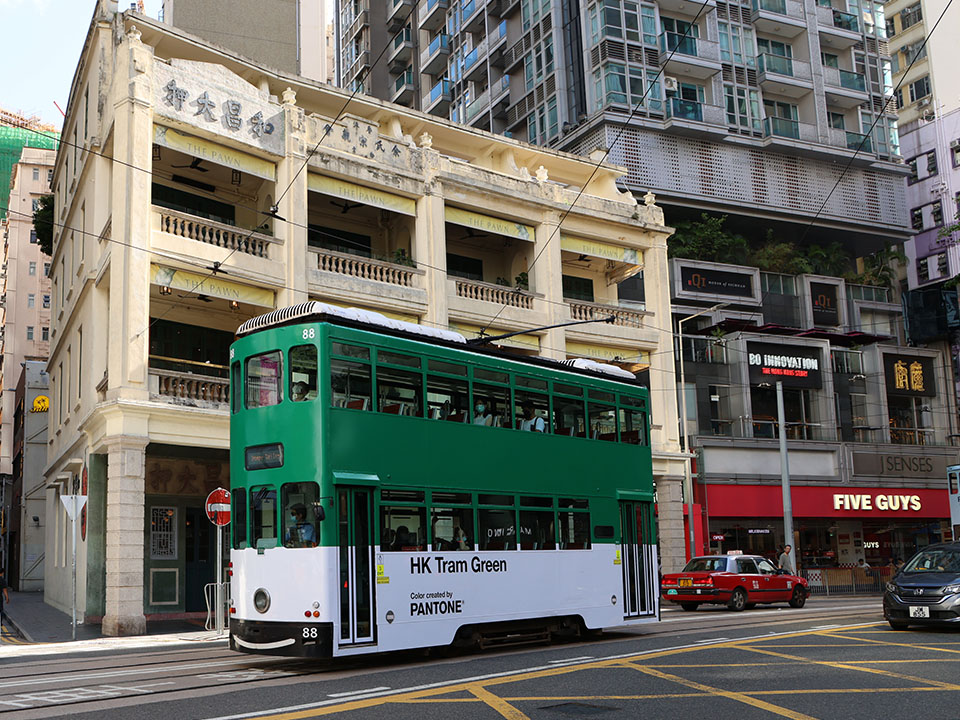
What is the ‘HK Tram Green’?
In the 1940s, Hong Kong Tramways began to paint the bodies of its tram fleet with the excess dark green paint left over from the war. Today, this unique shade of green has become an icon of the city, so much so that in 2021, the Pantone Color Institute has officially named this hue ‘HK Tram Green’ to commemorate the tram’s heritage and cultural significance.
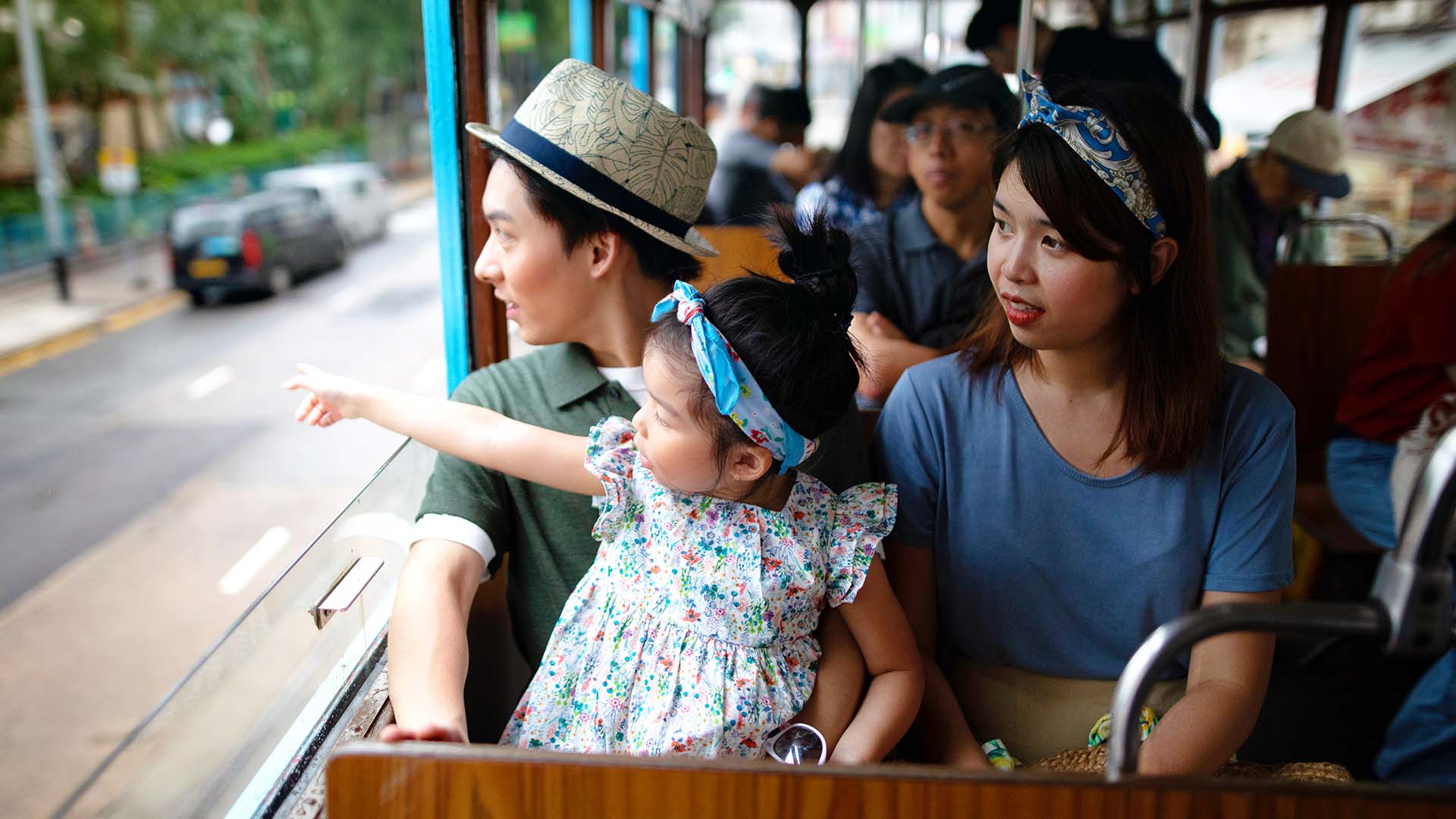
Are you ready for a tram ride? Here are three recommended routes to make the most of your journey:
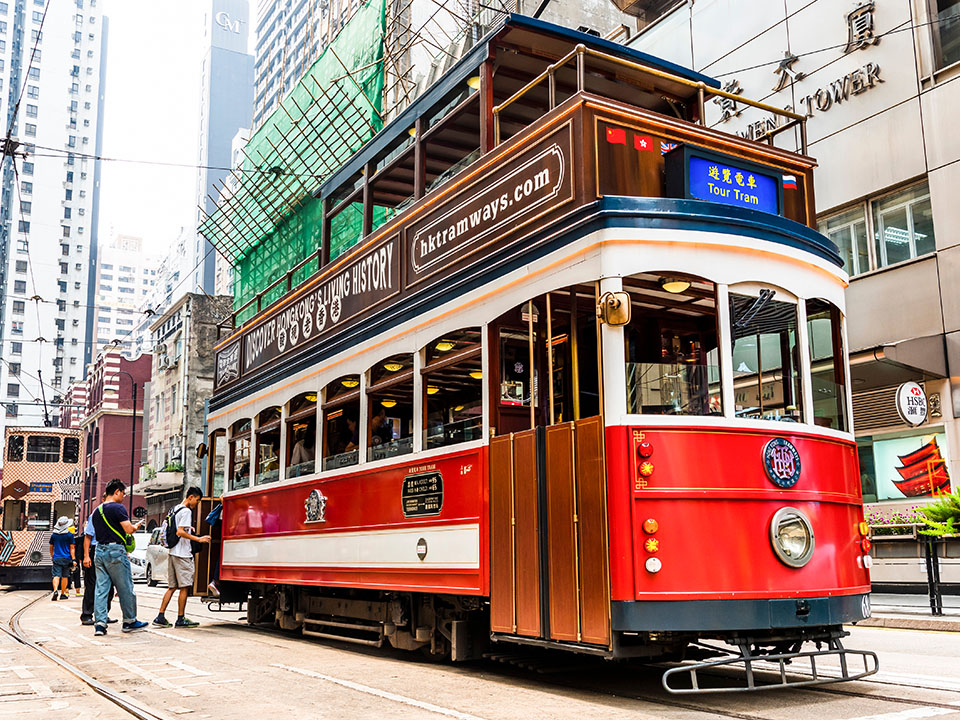
One-hour sightseeing experience ― TramOramic Tour
First time in Hong Kong? The TramOramic Tour won’t disappoint. This one-hour sightseeing journey aboard a 1920s-style open-top tram takes you from Sheung Wan to Causeway Bay. Accompanied by comprehensive audio guides with multiple languages, you will gain in-depth insights into the city’s story and history. That’s not all; you will receive a two-day tram pass after the tour ― perfect for exploring Hong Kong at your own pace.
Discover Hong Kong Island East
If you want to go slightly off the beaten path, opt for a tram ride through the Eastern District. Spend half a day exploring hidden art and cultural spots such as the Oi! Art Space, Sunbeam Theatre, ArtisTree, and Quarryside. Or immerse yourself in the daily life of Hong Kong by visiting Chun Yeung Street in North Point, where you can witness a vibrant blend of old and new.
A leisurely tour of the West
The urban creatives will love this route. Board the Westward line to reach the furthest stop, Kennedy Town. This neighbourhood has undergone significant changes in recent years, offering not only a rich history, but also a plethora of high-quality cafes with Instagrammable photo spots. There are also century-old trees and delightful seaside views to complete your leisurely tour.



